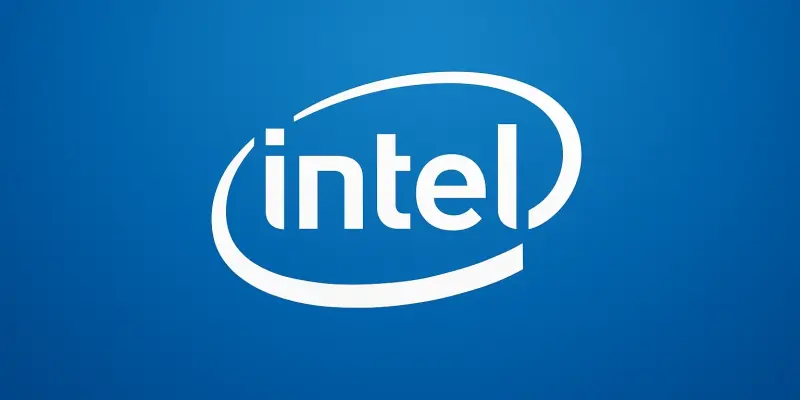The landscape of processor design and innovation is constantly evolving, and Intel is poised to make a significant contribution with the anticipated release of its Nova Lake processors. The new CPUs are expected to utilize an LGA 1954 socket, maintaining the dimensions from earlier sockets like the LGA 1851 and LGA 1700. While an upgrade to motherboards will be necessary, the compatibility of existing CPU coolers will be retained due to the unchanged sizing. This socket adjustment continues Intel’s tradition of refining sockets after one or two generations, signaling a new era in processor customization. With a core count of up to 52, these processors are set to vastly exceed previous generations, reflecting a monumental leap in processing capabilities. Such advancements position Intel strategically within the competitive CPU market, where challenges from companies like AMD push for inventive solutions.
A New Era in Processor Architecture
Intel’s Nova Lake marks a critical advancement in hybrid architectures and stackable 3D cache solutions known as X3D designs. Collaborating with TSMC, Intel plans to employ cutting-edge 14A and 2nm process nodes to boost performance and efficiency. This strategic collaboration underscores Intel’s efforts to compete with AMD, which has made progress in 3D chip technology. Nova Lake continues Intel’s tradition of innovative breakthroughs, redefining processor design standards and supporting diverse applications from gaming to complex computations. Meanwhile, Panther Lake, another highly anticipated release, is set to expand Intel’s portfolio, reinforcing its presence in the evolving technological landscape. As Nova Lake enters the market, it showcases a significant increase in robust core counts, ensuring that Intel remains a strong contender in the CPU market. As companies strive for technological progression, interactions between industry players are anticipated to drive exciting improvements in processor efficiencies.

